How to Remove Unwanted Pages from Microsoft Word?
Despite the professionalism that Microsoft Word documents can convey, unintentionally creating blank or extra pages may undermine the impression given to editors or potential employers. Such additional pages often result from inserting tables, pasting content, or employing shortcuts, which can disrupt the document’s entire formatting.
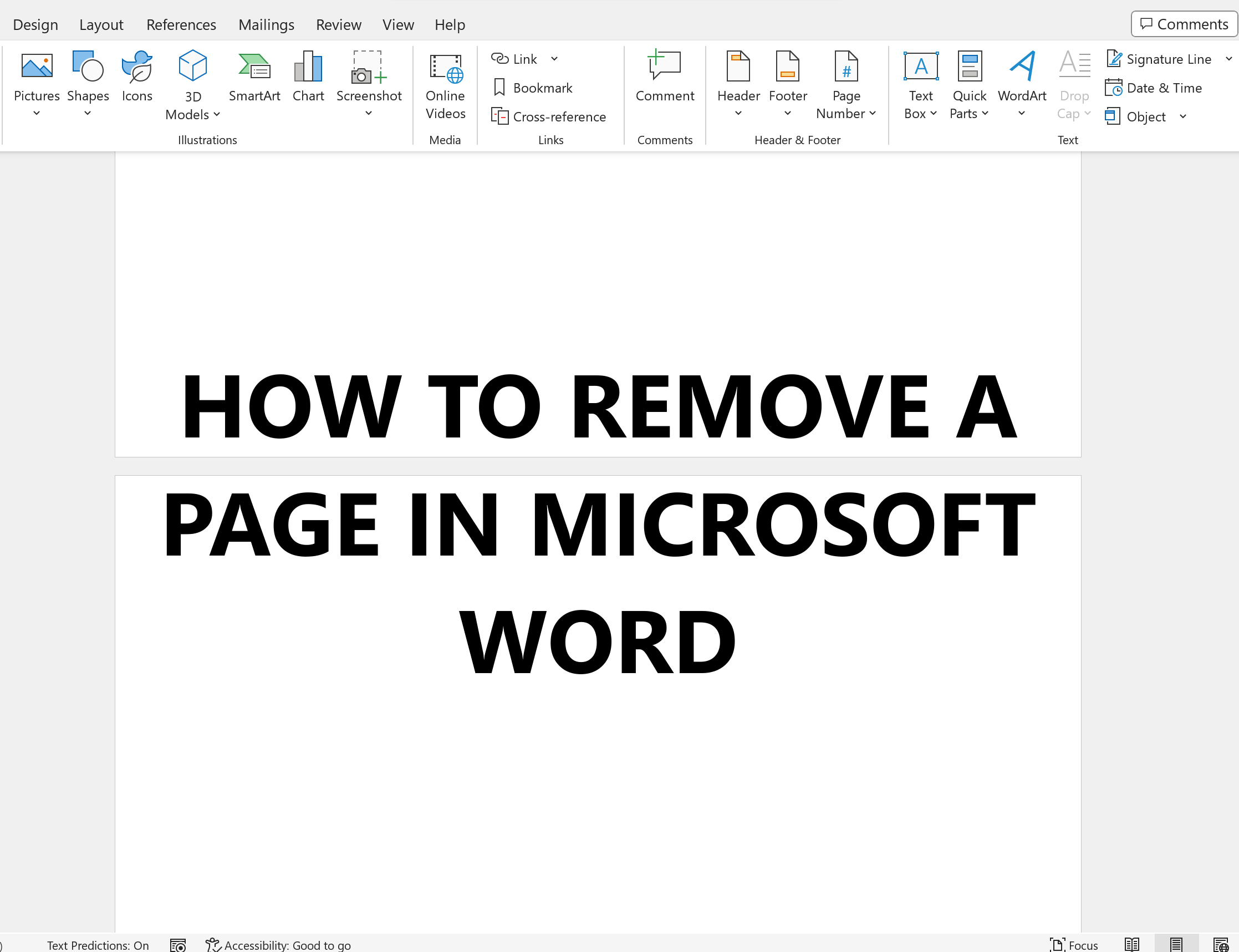
For this reason, it’s prudent to review your document before sharing or exporting to ensure a polished final presentation. Luckily, Microsoft Word provides several straightforward steps to remove unwanted pages. Let’s explore these methods in greater detail!
1. Use the Backspace or Delete Key
A page only persists in a document if there’s content spilling onto it. Once you delete all content from a page, Word will automatically reflow the remaining content and exclude the now unnecessary blank page.
The simplest way to remove a page in Microsoft Word is by using the Backspace or Delete Key. This approach requires you to manually select the page you want to remove.
Initially, this will delete only the page’s content. If you continue pressing the key while your cursor is at the top of the page, the page itself will be removed.
Here is how to execute this process:
- First, click at the bottom of the page you intend to delete.
- Then, press the backspace key or delete key repeatedly. This action will erase all the text from that page, causing the page to disappear as well.
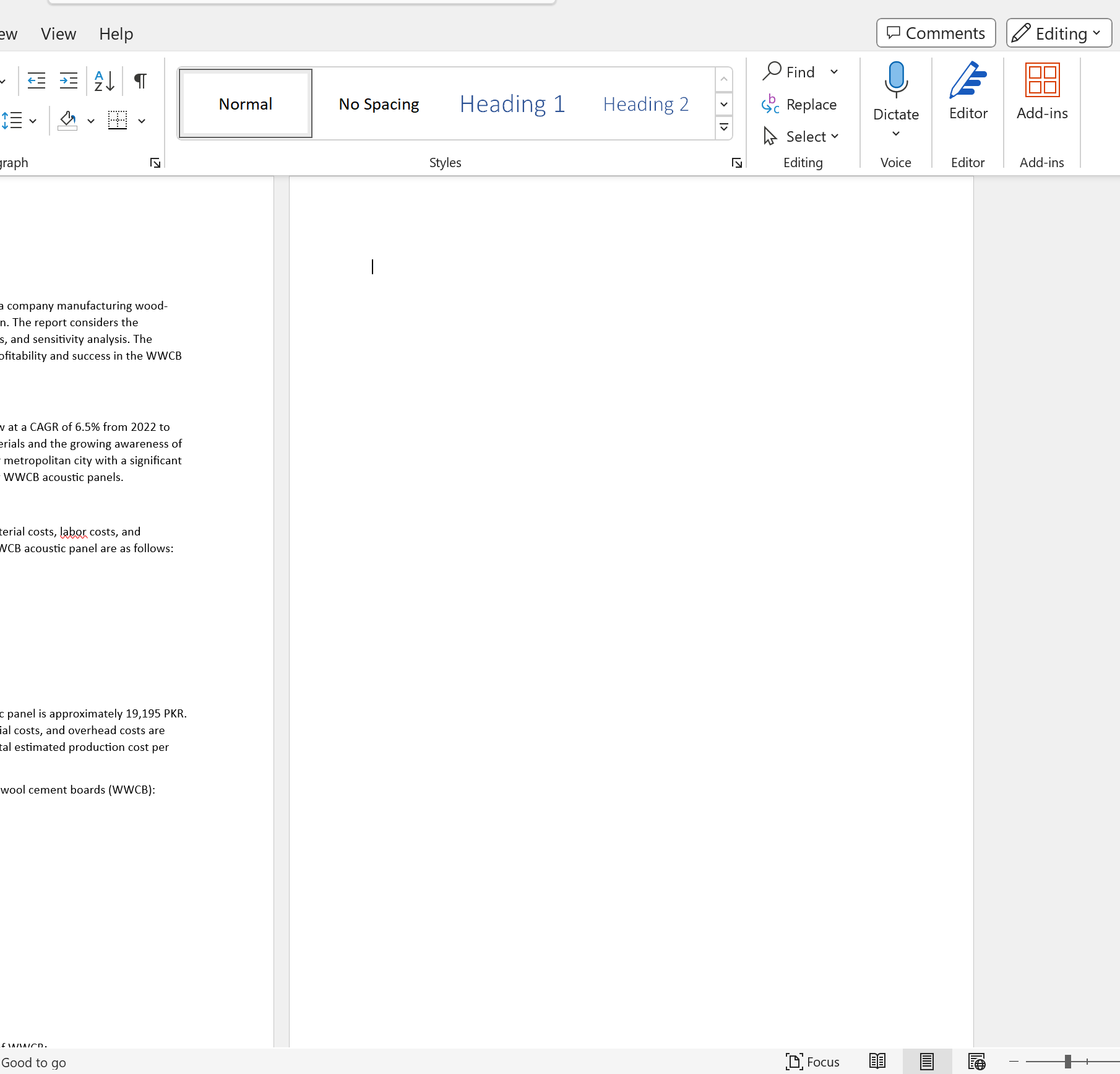
2. Enable the Paragraph Symbol
Sometimes page removal can be obscured by manual page breaks, which are typically not visible.
To reveal these breaks, activate the Paragraph Symbol. This provides the ability to eliminate any symbols or manual page breaks, and consequently, any blank pages.
The steps to do this are as follows:
- Click on the Home tab on the toolbar.
- Select the Show/Hide ¶ icon to display paragraph symbols within your document.
- Locate the page you want to delete and check for the existence of paragraph symbols or formatting marks.
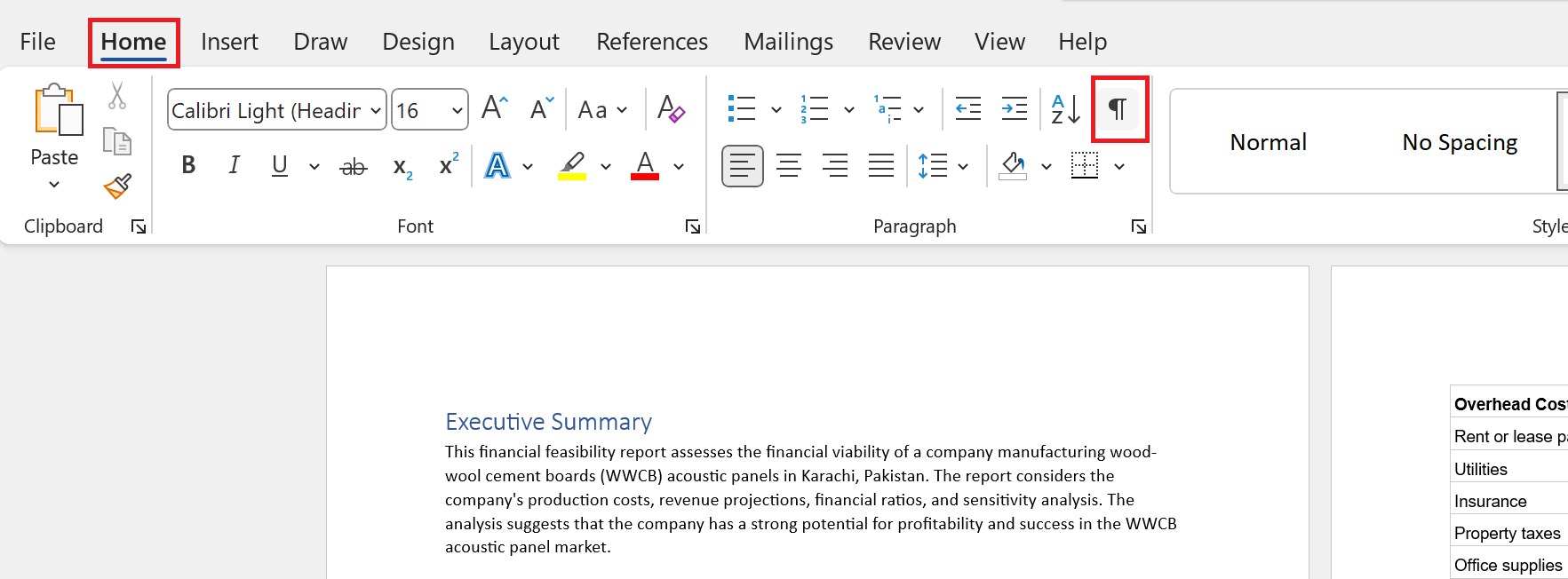
- Select each symbol and press the Delete key on your keyboard. After deleting all paragraph and formatting symbols from the page, the page will also be removed.
Note: It’s important to understand that this method only works for manual page breaks. If a page is automatically generated from content flow, this approach will not remove it.
3. Use the Navigation Pane
The Navigation Pane offers a quick and easy strategy for excising extra pages from your Word document. This feature circumvents the need to manually scroll through the document to locate specific pages by presenting an overall structure of the document contents.
Take these steps to use this feature:
- Open the View tab on the document’s top menu.
- In the Show section, check the box next to Navigation Pane to display it on the left side of the document.
- Within the Navigation Pane, click on Pages and select the page you wish to delete.
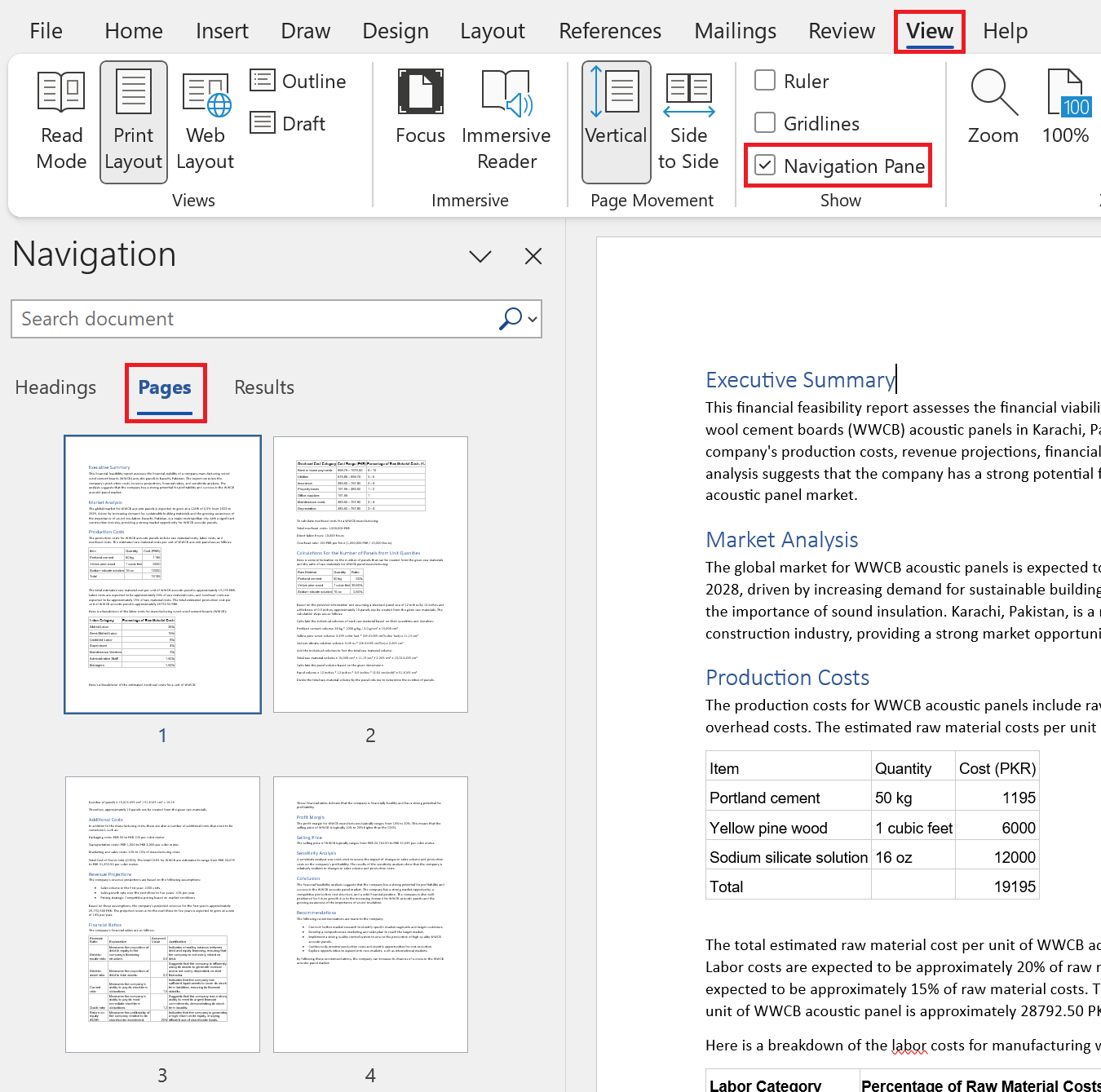
- Press the Delete key to remove it.
- Repeat these steps for any additional pages you intend to delete.
4. Use the Find and Replace Tool
The Find and Replace Tool is another convenient way to remove an entire page and its contents from a Microsoft Word document. This tool lets you quickly navigate to and select all the content on a desired page with just a click.
To use this method, follow the steps below:
- Click on the page you want to delete and press Ctrl+G on your keyboard to open the Find and Replace dialog box.
- In the Enter page number field, type ‘\page’.
- Click Go To or hit the Enter key, which will select all the content of the target page.
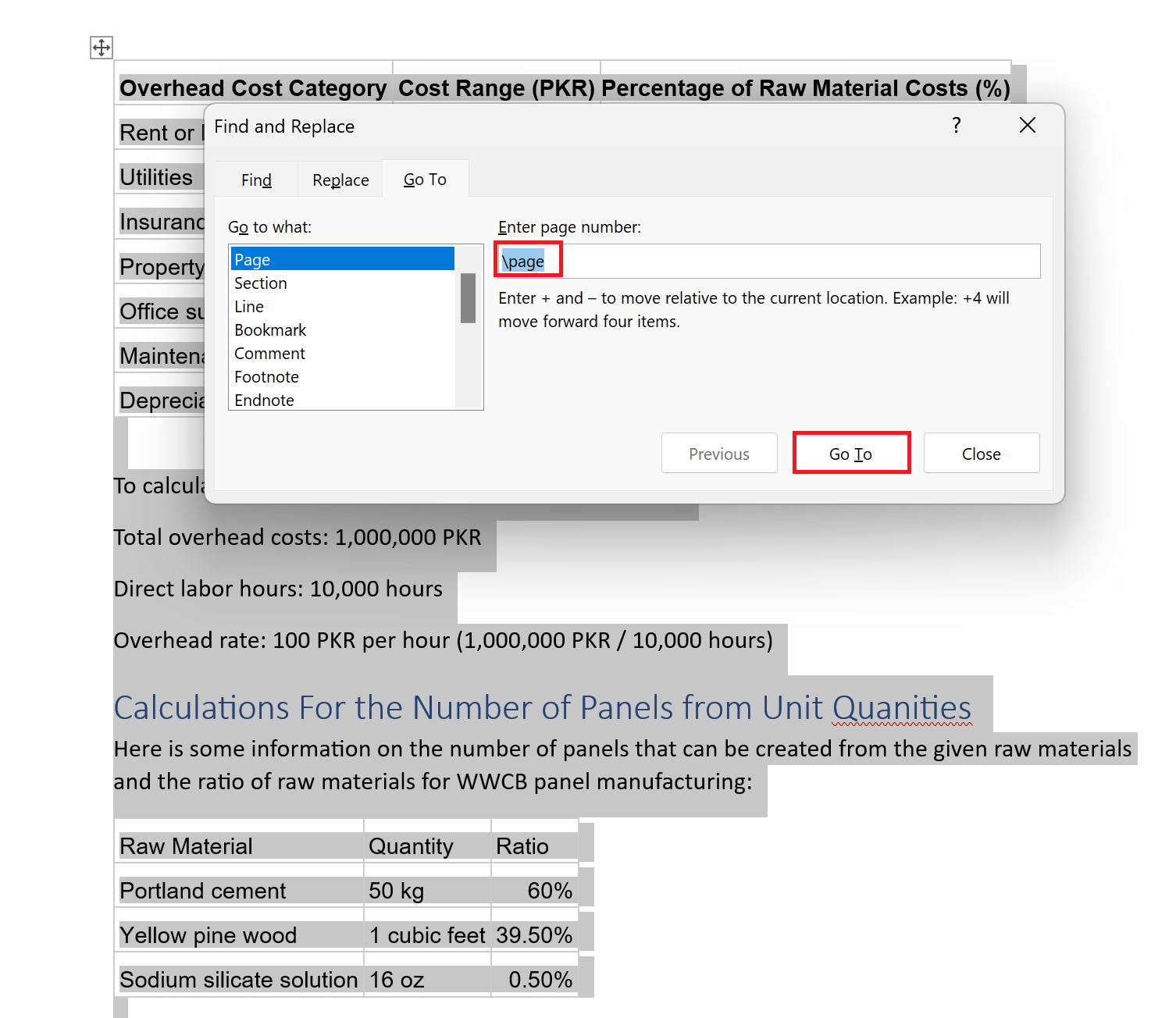
- Close the dialog and press the Delete/Backspace key to erase the page.
5. Adjusting the Document Margins
Sometimes, an extra page is a result of large margins that push content onto the next page. Adjusting margins can condense content and possibly eliminate the need for that extra page.
To adjust your document’s margins, follow these steps:
- Go to the Layout tab in the top menu.
- Click on Margins and select one of the preset margin sizes, or choose Custom Margins… to enter your specific preferences.
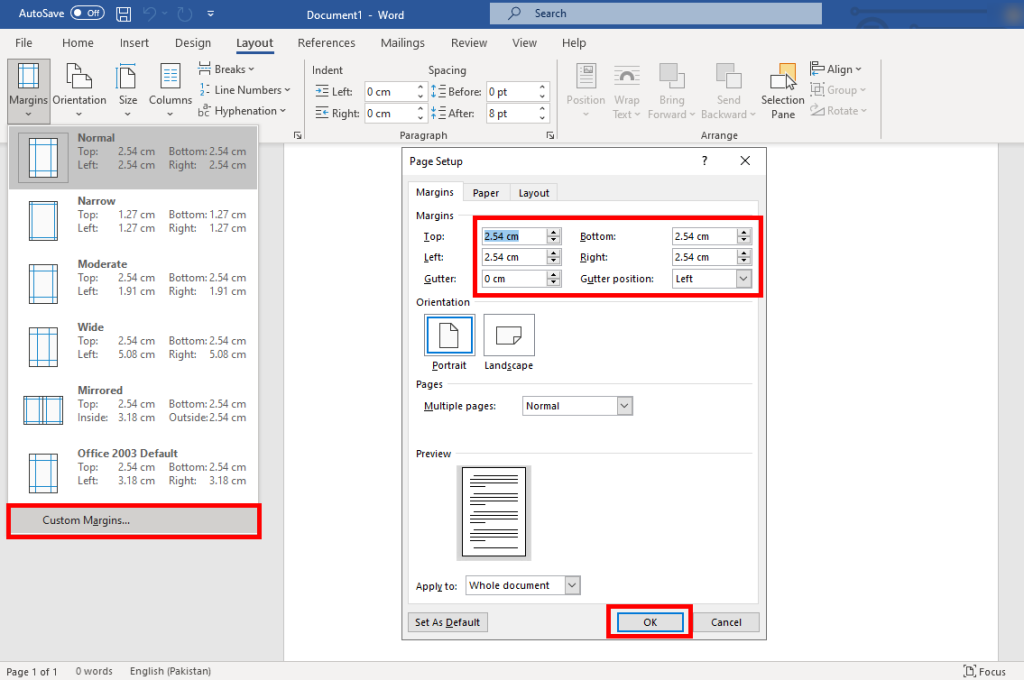
- After adjusting the margins, check your document to see if the extra page has been removed.
6. Manually Adjust Paragraph Spacing
Similar to margins, paragraph spacing can also contribute to the creation of unwanted pages. Reducing the space before or after paragraphs can pull text back, removing the extra page.
Here’s how to alter paragraph spacing:
- Select the text you want to modify or press Ctrl + A to select the entire document.
- Right-click on the selected text and choose Paragraph…
- Under the Spacing section, reduce the values for Before or After, or set them to zero if needed.
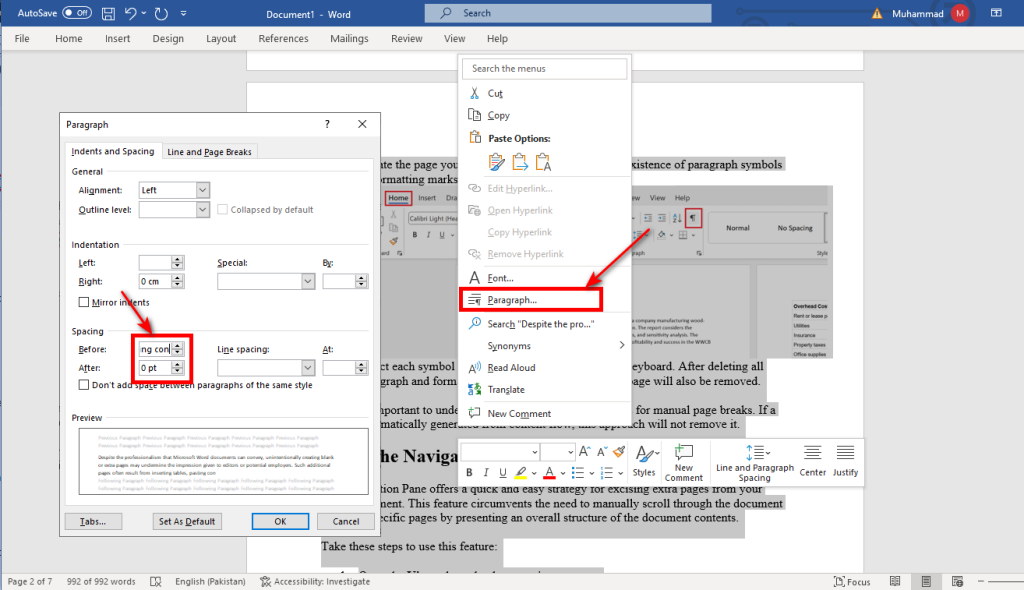
- Click OK to apply the changes and check if the extra page is removed.
7. Utilizing Section Breaks Wisely
Section breaks can inadvertently create extra pages. Understanding and managing section breaks can help you maintain a cleaner document.
To manage section breaks:
- Enable the Paragraph Symbol to view hidden formatting symbols, including section breaks.
- Locate the section break that might be causing an extra page.
- Select the section break and press the Delete key.
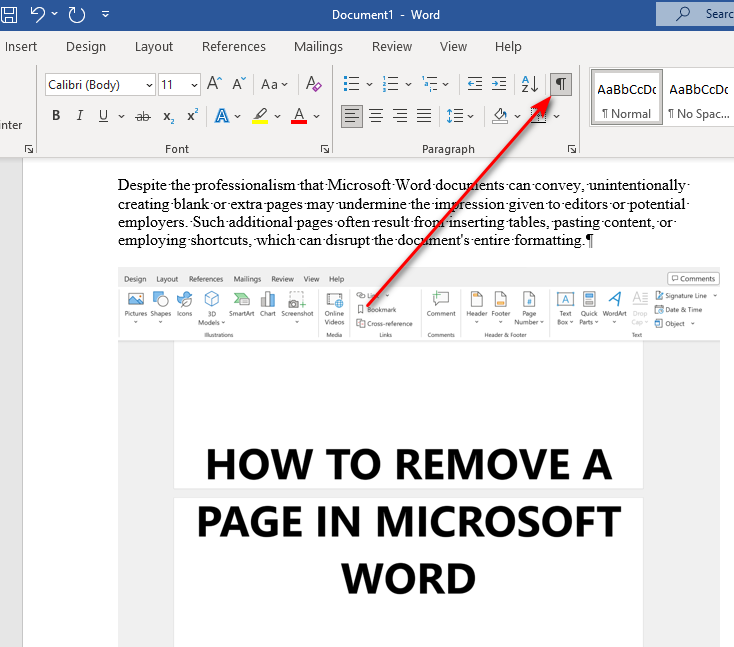
Note: Be cautious when deleting section breaks as they can affect the formatting of your document.
8. Final Check with Print Preview
Before finalizing your document, use the Print Preview feature to ensure that all unwanted pages are indeed gone and that your formatting remains intact.
Access Print Preview like so:
- Go to the File tab and select Print from the left pane to open Print Preview.
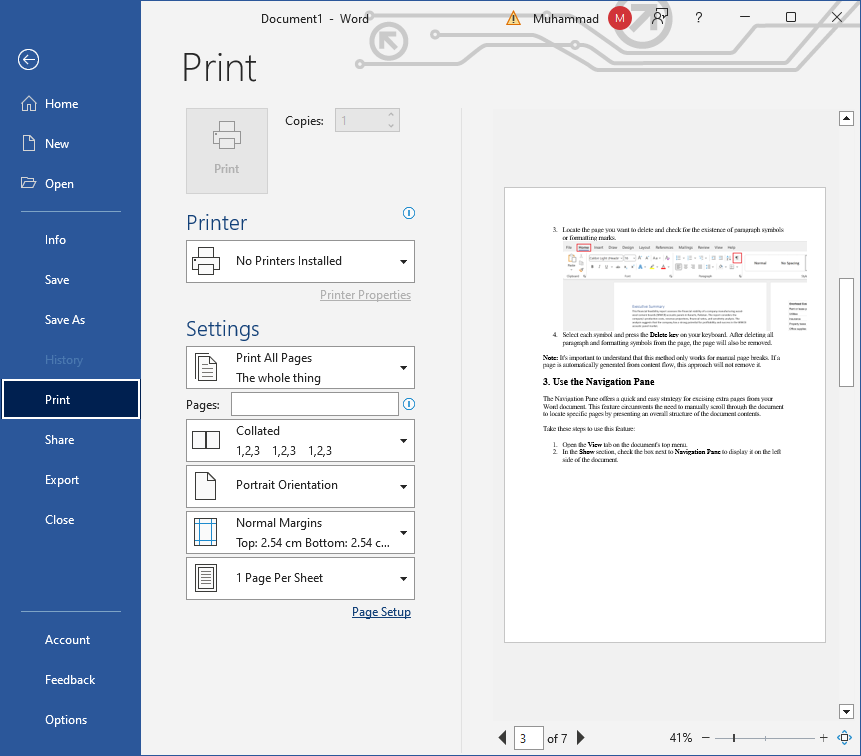
- Review the entire document, scrolling through each page to ensure no extra pages are present.
By integrating these additional tips and methods into your article, readers can achieve even better results in maintaining the professional appearance of their Microsoft Word documents.





